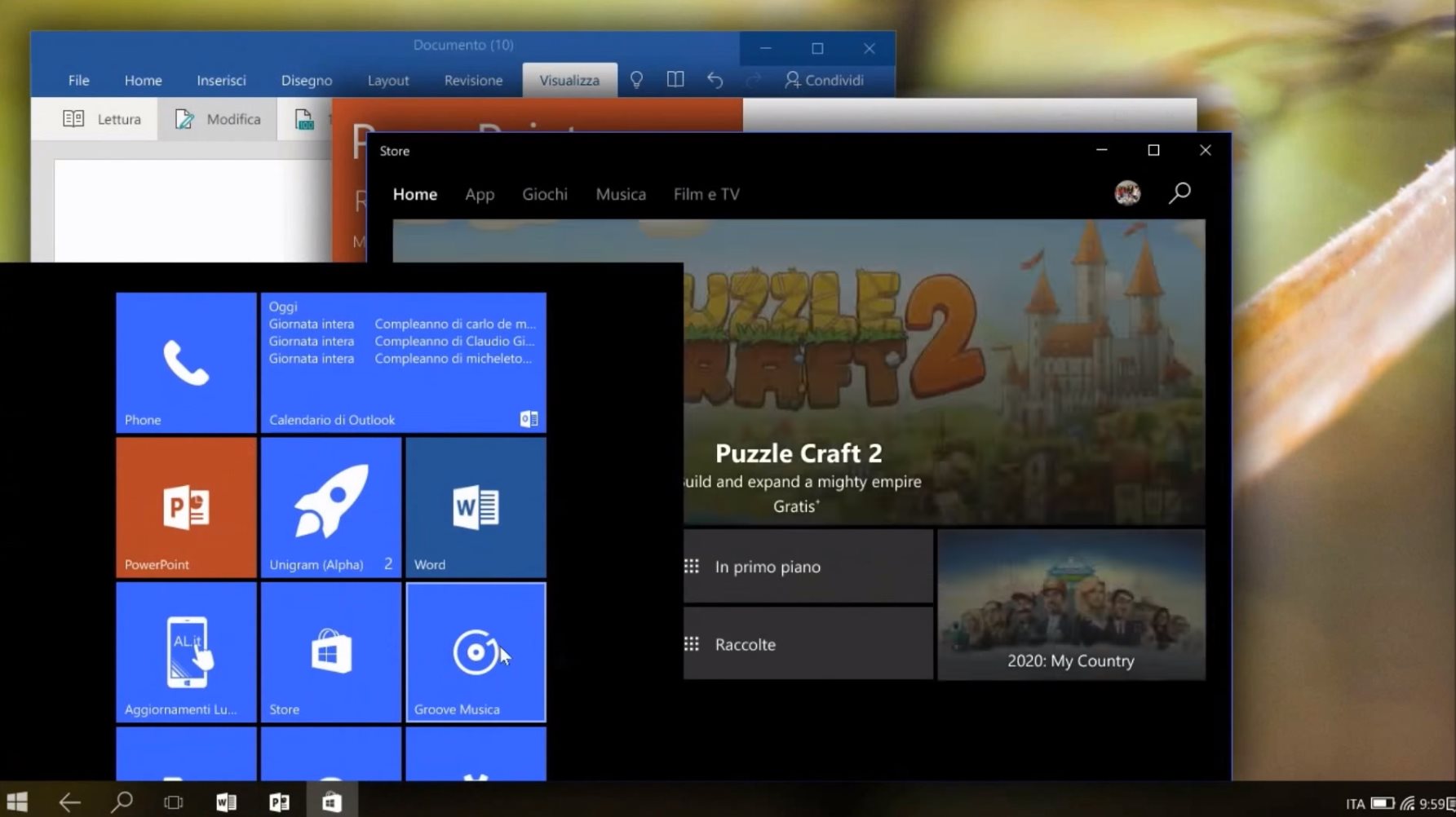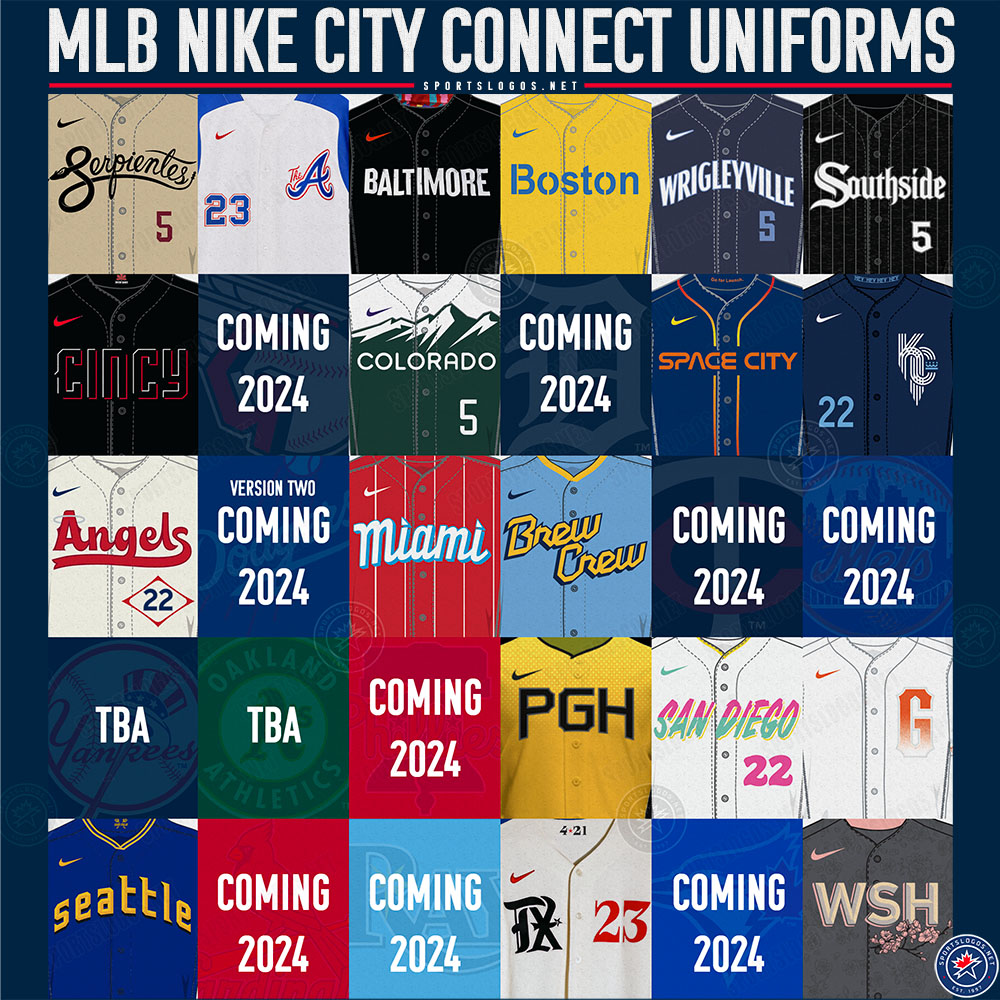Android's Design Language Overhaul: Key Features

Table of Contents
Material You: The Foundation of the Overhaul
Material You forms the bedrock of the Android Design Language overhaul, introducing a fresh approach to personalization and visual consistency. Its core principles revolve around dynamic color, sophisticated theming, and refined typography, creating a uniquely tailored experience for each user.
-
Dynamic Color: This innovative feature extracts prominent colors from the user's wallpaper, generating a personalized color palette that seamlessly integrates throughout the system UI. This extends to themed icons and other system elements, ensuring consistent branding and a cohesive visual identity. The result is a visually stunning and uniquely personalized experience, unlike anything seen before in Android. The system intelligently selects colors, ensuring optimal contrast and readability, even with complex or dark wallpapers.
-
Theming: Material You empowers users with extensive system-wide theming capabilities. Users can customize the look and feel of their devices, selecting from various color schemes and adjusting system-wide settings to perfectly match their preferences. This level of user personalization allows for a truly unique and customized Android experience. The options available go beyond simple color changes, impacting many aspects of the UI for a fully tailored feel.
-
Updated Typography: The updated typography boasts improved font styles and significantly enhanced readability. Improvements include refined font scaling options, ensuring comfortable reading across various screen sizes and resolutions. The focus on legibility ensures a more accessible and enjoyable user experience, especially for users with visual impairments. The changes provide a more modern and refined look and feel, enhancing the overall aesthetic appeal.
Improved User Interface Consistency
The Android Design Language overhaul prioritizes UI consistency across different Android versions and apps. This ensures a more unified and predictable experience for users, regardless of the apps they use or the Android version running on their devices.
-
Unified Design Language: The overhaul strives to create a standardized set of components and design patterns, leading to a more consistent visual language across all Android apps. This unified user experience eliminates inconsistencies and makes app navigation more intuitive and predictable. Developers are encouraged to adopt these standardized components to ensure their apps seamlessly integrate with the overall design language.
-
Enhanced Accessibility: The update significantly improves accessibility for users with disabilities. Improved contrast ratios make content easier to read for those with visual impairments. Enhanced support for screen readers improves the user experience for visually impaired individuals. These accessibility features make Android more inclusive and usable for a broader range of users. Google is actively working to improve accessibility across all aspects of the Android experience.
-
Updated Widgets: The overhaul introduces updated widgets with improved functionality and design. Interactive widgets allow for greater control and customization directly from the home screen. This provides users with quick and easy access to essential information and app functions, significantly enhancing user convenience. The new design provides a consistent look and feel with the updated system UI.
Enhanced Animations and Transitions
Smoother, more intuitive animations and transitions are a core component of the improved user experience. These enhancements contribute to a more natural and engaging interaction with the device.
-
Natural and Fluid Animations: The refined animations are designed to be smooth, natural, and visually appealing. These intuitive transitions enhance the user experience by making interactions feel more responsive and less jarring. The goal is to create a seamless and enjoyable user flow.
-
Improved Performance: Optimized animations improve battery life and overall system performance. These faster animations contribute to a snappier and more responsive user experience without negatively impacting device performance or battery life. Google has focused on efficiency to ensure that these enhancements improve, rather than detract from, the user experience.
Impact on App Development
Developers can leverage the updated Material Design components and best practices to seamlessly integrate the new design language into their apps.
-
Updated Material Design Components: The Material Design library provides updated components that reflect the new design language. Jetpack Compose, the modern toolkit for building Android UIs, fully supports the new design principles and makes implementation straightforward. Android Studio provides extensive tools to support developers in using these updated components.
-
Best Practices for Implementation: Google provides comprehensive design guidelines and implementation tips to help developers smoothly integrate the new design language into existing and new Android applications. Following these guidelines ensures that apps maintain consistency and adhere to the updated visual language.
-
Resources for Developers: Google provides a wealth of resources including detailed developer documentation, code samples, and support materials to assist in the implementation process. These resources ensure that developers have all the necessary tools to create applications that fully utilize the features and benefits of the Android Design Language overhaul.
Conclusion
The Android Design Language overhaul, powered by Material You, marks a substantial advancement in mobile user experience. By embracing dynamic color, consistent theming, and improved UI elements, Google has created a more personalized and visually appealing Android experience. Developers who adapt their apps to these changes will provide users with a more intuitive and engaging experience. Learn more about implementing the Android Design Language Overhaul and unlock the potential for creating stunning and user-friendly Android applications.

Featured Posts
-
 Pimblett Calls Out Poirier Ufc Retirement Debate Heats Up
May 16, 2025
Pimblett Calls Out Poirier Ufc Retirement Debate Heats Up
May 16, 2025 -
 Paddy Pimblett Targets Ufc Title Shot After Chandler Fight At Ufc 314
May 16, 2025
Paddy Pimblett Targets Ufc Title Shot After Chandler Fight At Ufc 314
May 16, 2025 -
 Exploring Tom Cruises Romantic History Marriages Relationships And Speculation
May 16, 2025
Exploring Tom Cruises Romantic History Marriages Relationships And Speculation
May 16, 2025 -
 Blue Origin Postpones Launch Technical Issue With Rocket Subsystem
May 16, 2025
Blue Origin Postpones Launch Technical Issue With Rocket Subsystem
May 16, 2025 -
 Tom Cruise And Ana De Armas Spotted Together Again In England Are They Dating
May 16, 2025
Tom Cruise And Ana De Armas Spotted Together Again In England Are They Dating
May 16, 2025
Latest Posts
-
 Mlb All Star Explains Why He Detested The Torpedo Bat
May 16, 2025
Mlb All Star Explains Why He Detested The Torpedo Bat
May 16, 2025 -
 Dodgers Muncy Finally Connects 2025s First Home Run
May 16, 2025
Dodgers Muncy Finally Connects 2025s First Home Run
May 16, 2025 -
 If Max Muncy Met Himself A Speculative Dialogue
May 16, 2025
If Max Muncy Met Himself A Speculative Dialogue
May 16, 2025 -
 Mlb All Star Reveals Torpedo Bat Dislike His Honest Explanation
May 16, 2025
Mlb All Star Reveals Torpedo Bat Dislike His Honest Explanation
May 16, 2025 -
 Muncy Breaks Drought First Home Run Of 2025
May 16, 2025
Muncy Breaks Drought First Home Run Of 2025
May 16, 2025
